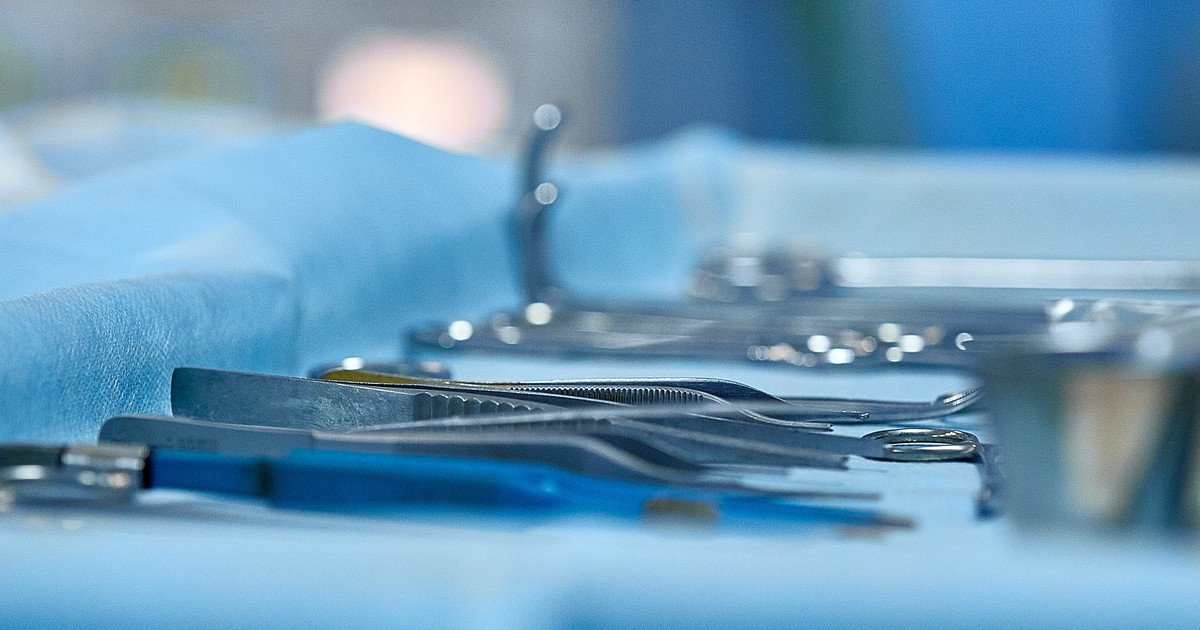Treatment Options For Pancreatic Cancer
Pancreatic cancer is the result of DNA mutations in the cells that make up the pancreas. These mutations make the cells grow and multiply faster than healthy cells. There are 2 major types of pancreatic cancer: exocrine tumors and neuroendocrine tumors. Exocrine tumors are the most common. These tumors happen when the DNA mutations affect the cells in the pancreas that are responsible for producing digestive enzymes. The other tumors occur when the mutations affect the cells that produce hormones in the pancreas. Serious symptoms of pancreatic cancer to look out for include appetite and weight loss, jaundice, and pain in the abdomen. Patients may also see changes in stool, nausea, and of course, pancreatitis.
There are several options available for pancreatic cancer treatment. The precise pancreatic cancer cure used depends on the type of the tumor, as well as the extent of it when it is found. Common options include surgery, chemotherapy, and radiation. Many patients also get pain medication to help reduce the severity of their symptoms.
Whipple Procedure
Patients who have pancreatic cancer in the head of their pancreas may undergo a Whipple procedure as treatment. This surgery is used because the complete removal of the pancreas is quite hard to deal with. The side effects are difficult because the pancreas is the organ that produces digestive enzymes and manages glucose in the blood. Thus, the Whipple procedure only removes part of the pancreas.
This surgery can be performed in 2 ways: open or laparoscopic. Open surgery uses traditional incisions to open the patient up. This is the most common because it is the most effective and established surgical method. Laparoscopic surgery uses multiple small incisions so the surgeon can insert a camera and small instruments into the patient. This type of surgery is minimally invasive, allowing for a faster recovery and fewer opportunities for complications.
Get the details on more surgeries for pancreatic cancer next.
Pancreatectomy
Pancreatic cancer patients whose condition has spread beyond the head of their pancreas or is not located there initially may undergo a pancreatectomy to cure their condition. Where possible, surgeons will perform a distal procedure, which removes the tail of the pancreas.
If pancreatic cancer has spread beyond the tail and head, however, a complete pancreatectomy is performed. This involves the removal of the entire pancreas, as well as the spleen, gallbladder, and parts of the stomach and small intestine. Patients will need to deal with diabetes and take enzyme pills for the rest of their lives following this surgery as they are living without a pancreas. They also must deal with a compromised immune system.
Uncover another serious treatment for pancreatic cancer now.

